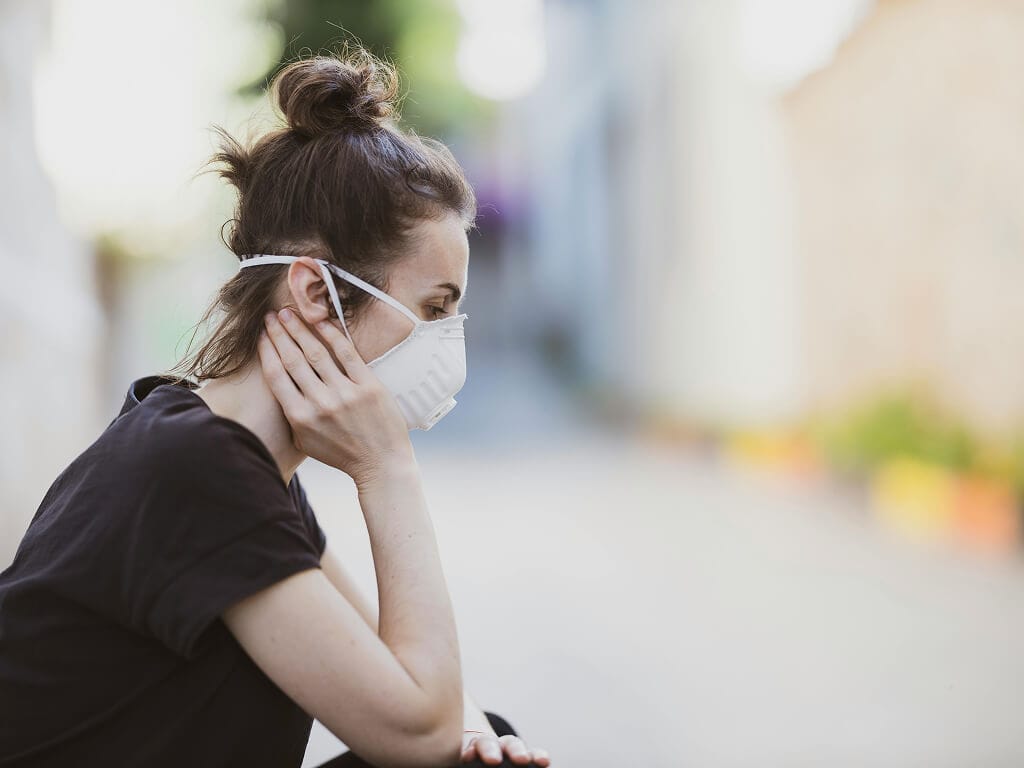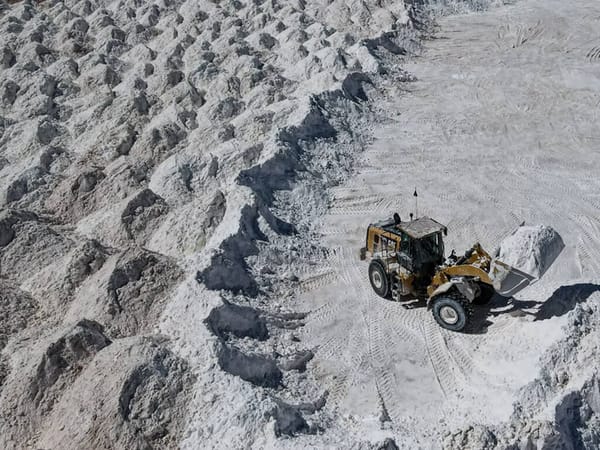Little Rock Climbs Pollution Rankings, Now a Top Spot No City Wants
Little Rock is tied for the worst year-round particle pollution in the Southeast, according to the American Lung Association’s 2025 “State of the Air” report. The metro area’s air quality continues to worsen, raising concerns about health and environmental impacts.

Air pollution in Little Rock is on the rise. Once ranked much lower nationally, the city is now tied for the worst year-round particle pollution in the Southeast, according to the American Lung Association’s State of the Air report.
The report reveals a sharp decline in air quality across the metro area, leaving residents increasingly exposed to harmful ozone smog and fine particle pollution. Little Rock now ranks as the 26th-worst metro in the country for year-round particle pollution, a jump of 52 spots from last year.
Alongside this rise, the metro earned a C grade for ozone pollution and is now among the 100 worst of 228 metropolitan areas nationwide for high ozone days, creating difficult conditions for vulnerable residents.
Health Risks
The American Lung Association cautions that particle-polluted air can affect people of all ages, but those with asthma and other lung conditions are particularly at risk. What seems like a typical day for most residents may present serious health challenges for sensitive groups. When air quality declines, the safest course is to stay indoors until conditions improve.
The Environmental Protection Agency notes that ground-level ozone can cause coughing, shortness of breath, and increased susceptibility to infections. Children, older adults, and people who spend extended time outdoors face the greatest risks. Long-term exposure has also been linked to the development of asthma.
On Thursday, ozone levels in Central Arkansas surpassed federal air quality standards, prompting the Arkansas Division of Environmental Quality to issue an advisory. Monitoring stations recorded concentrations at 74 parts per million, exceeding the 70 parts per million threshold for a Code Orange alert. Forecasts indicate levels will drop to 56 parts per million by tomorrow, returning air quality to the yellow or moderate range.
The EPA’s Air Quality Index categorizes conditions as green for good, yellow for moderate, orange for air that is unhealthy for sensitive groups, and red for air that is unhealthy for everyone.
Federal Standards and Regulation
The Clean Air Act, first enacted in 1990, set nationwide air quality requirements that remain in effect today. Under this law, the National Ambient Air Quality Standards, or NAAQS, limit the amount of certain pollutants that can be present in the air. The six regulated pollutants include ozone, nitrogen dioxide, carbon monoxide, lead, particulate matter, and sulfur dioxide.
Regions that fail to meet these standards face stricter limits on industrial emissions and tighter permitting rules. These measures can slow regional growth and prompt authorities to take more aggressive actions to reduce pollution.
The Arkansas Division of Environmental Quality notes that an Ozone Action Day is declared whenever the Air Quality Index reaches Code Orange or higher. On such days, children, seniors, and people with respiratory conditions, including asthma, emphysema, or bronchitis, are strongly advised to stay indoors or limit outdoor activity to reduce health risks.
Where Pollution Hits Hardest
Pollution is most concentrated in areas with heavy traffic and industrial activity, resulting in elevated levels of ground-level ozone and smog. Factors such as vehicle emissions, intense summer heat, and stagnant air worsen conditions, especially during the hottest, driest months with little wind. The hazy, brown skies that appear over the city are a constant reminder of the polluted air residents inhale daily.
Although some sources of pollution cannot be avoided, authorities can take meaningful measures to limit emissions. State and local agencies are urged to act proactively to reduce pollution and protect public health.
Residents of Arkansas can monitor real-time air quality and receive alerts through online tools, helping them make safer choices about outdoor activities. Useful resources include AirNow, IQAir, and the Arkansas Energy and Environment Division of Environmental Quality.





